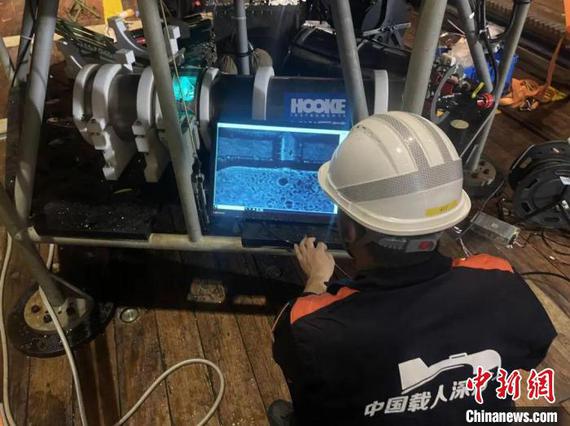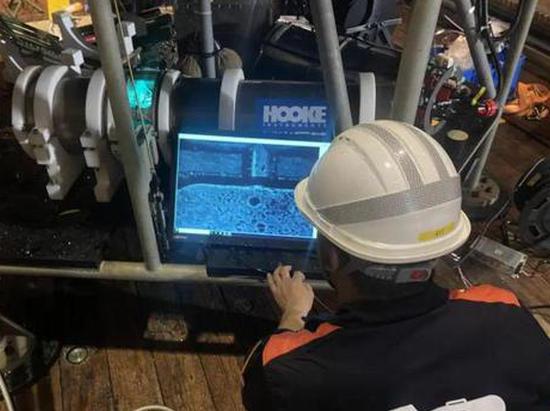Tech Frontier | Chinese scientists advance in-situ sampling of deep-sea microorganisms
(ECNS) -- Chinese scientists have successfully developed in-situ sampling equipment for deep-sea microorganisms at a depth of 1,500 meters, marking a significant milestone in marine biological research.

Using Raman spectroscopy, optical sampling, and microfluidic technologies, a research team from the Changchun Institute of Optics, Fine Mechanics, and Physics, Chinese Academy of Sciences, achieved a breakthrough that fills a gap in both domestic and international capabilities for in-situ testing and sampling of deep-sea microorganisms in extreme environments.
During the R&D process, the team overcame multiple key technical challenges related to in-situ identification, detection, sampling, and analysis of such microorganisms.
Notably, it developed a specialized multi-band microscope by simulating the water conditions at a depth of 1,500 meters, laying the foundation for high-resolution, wide-field imaging of deep-sea microorganisms.
The deep sea is home to a wealth of microbial and other material resources, yet its extreme conditions, featuring high pressure, salinity, and low temperatures, make it a challenging environment.
Research into microorganisms that thrive in such conditions could provide valuable insights into the limits of life. However, 90 percent of deep-sea microorganisms remain uncultivated due to factors such as removal from their natural habitat.
As a result, research into such microorganisms faces multiple challenges, including collection, cultivation, species identification, and data analysis.
Against this backdrop, in-situ sampling is crucial for uncovering marine species diversity and exploring the mysteries of ocean ecosystems.

